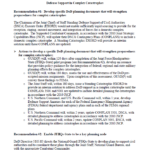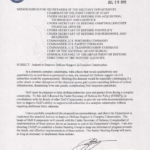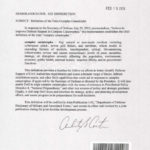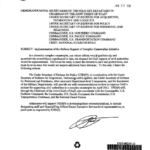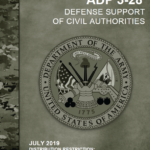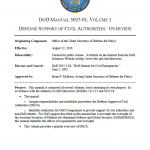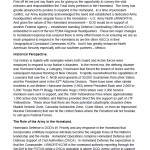
Our history is replete with examples where both Guard and Active forces were employed to respond to our Nation’s disasters. In the recent era, the defining disaster was Hurricane Katrina, a Category 3 hurricane that forced the breach of levies and the subsequent massive flooding of New Orleans. It rapidly overwhelmed the capabilities of Louisiana that saw the C, NGB send upwards of 50,000 Guardsmen from other States and the President send in the 82nd Airborne Division. There have been other similar incidents in our lifetime: Hurricane Andrew (1992) where President Bush sent 2,000 to 5,000 Troops from Ft Bragg, Hurricane Hugo (1989) where over 3,000 Service members were sent in support, and the 1988 Yellowstone Fires where approximately 1,000 active duty Soldiers and Marines provided direct fire line support as part of JTF Yellowstone. These show that there are those potential catastrophic disasters (New Madrid Seismic Zone, Cascadia Subduction Zone, Cyber Attack, or even an Improvised Nuclear Detonation) that can hit the United States where the President will not hesitate to call upon Federal Forces.
Read more →
